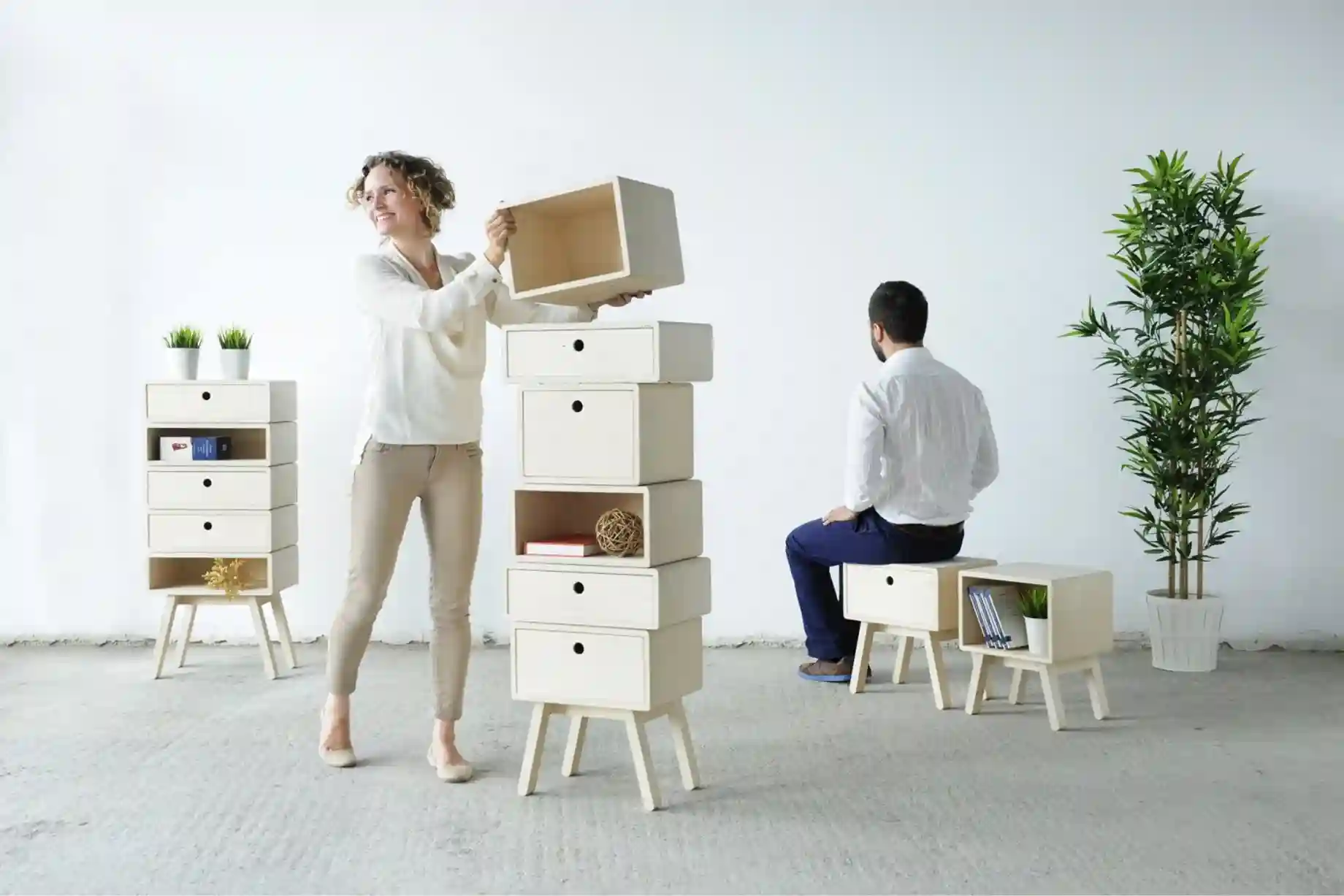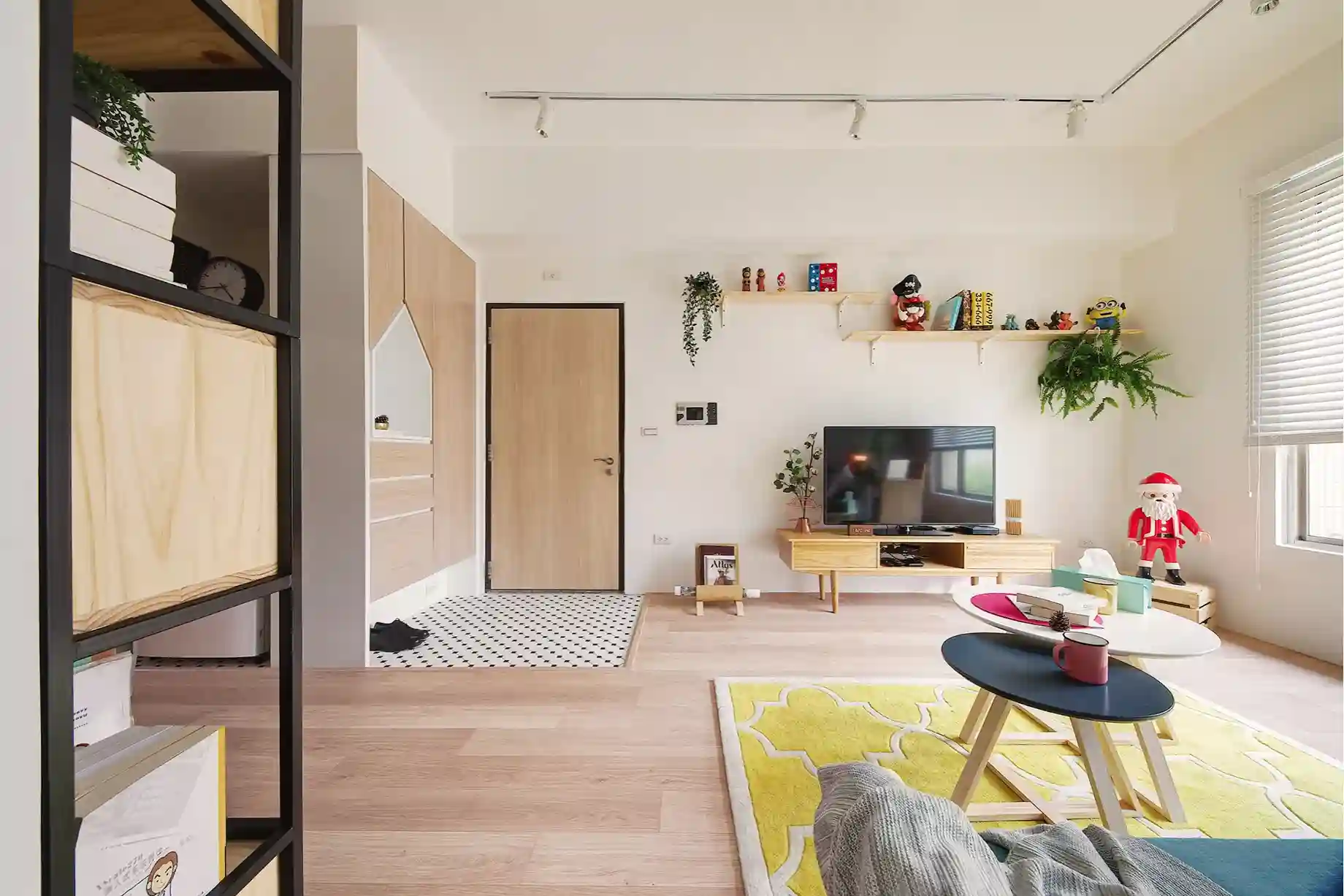Creating a welcoming and aesthetically pleasing atmosphere in your home doesn’t have to be complicated or costly. Simple house interior design principles focus on clean lines, functionality, and a cohesive aesthetic that reflects your personality and enhances your daily living experience. By adopting a minimalist approach, you can craft a harmonious environment that is both stylish and comfortable.
Choosing the Right Color Palette
The color palette is foundational to simple house interior design. Start with neutral colors like whites, soft beiges, and pale grays, which create a calming backdrop. These tones not only promote tranquility but also make spaces feel larger and more open. To add depth, incorporate accent colors through accessories such as cushions, rugs, or wall art. For instance, a vibrant painting can become a focal point in a neutral room, drawing the eye and providing a splash of personality.
Consider the emotional impact of colors. Blues and greens evoke calmness, while yellows can add warmth and cheerfulness. It’s essential to maintain a balance; too many contrasting colors can create chaos. Stick to a palette of two to three main colors, allowing for variation in shades and tones. This strategy not only simplifies your choices but also ensures a cohesive look throughout your home.
Maximizing Natural Light
Natural light significantly influences the atmosphere of your home. Simple house interior design makes the most of available light by emphasizing large windows, skylights, and open layouts. These features help create a bright and airy feel, making the space more inviting. If privacy is a concern, consider sheer curtains that allow light to filter through while providing some coverage.
If your home lacks natural light, mirrors can be a game changer. Placing a large mirror opposite a window can reflect light back into the room, creating the illusion of a brighter, more spacious area. Additionally, light-colored walls and furnishings can help amplify natural light, ensuring your space feels uplifting and warm.
Selecting Furniture with Purpose

Furniture selection is crucial in achieving a simple house interior design. Opt for pieces with clean lines and minimal ornamentation. This approach not only keeps the space looking neat but also allows for easier coordination with other elements in the room. Look for multi-functional furniture that serves more than one purpose, such as a coffee table with storage or a daybed that can function as both a sofa and a bed.
When choosing your furnishings, think about scale and proportion. Oversized furniture in a small room can make the space feel cramped, while petite furniture in a large room may seem lost. Aim for a balanced arrangement that encourages easy movement and conversation. Remember, each piece of furniture should enhance the functionality of the space while aligning with your overall design vision.
Thoughtful Accessorizing

Accessorizing is where you can infuse your personality into simple house interior design. Choose decorative elements that add texture and warmth without overcrowding the space. Items such as woven baskets, textured throws, and elegant vases can bring life to your rooms. When selecting art, consider pieces that resonate with you, whether it’s a large canvas, framed photographs, or unique sculptures.
Indoor plants are also an excellent choice for accessorizing. They not only beautify a space but also improve air quality and create a calming atmosphere. Select low-maintenance plants, such as snake plants or pothos, if you’re not an experienced gardener. Arrange your plants at varying heights for visual interest and to create a natural focal point.
Creating an Open and Functional Layout
An effective layout is vital to achieving simplicity in house interior design. Open floor plans foster a sense of space and promote a natural flow between rooms. Consider how you move through your home daily and arrange your furniture accordingly. Group seating areas to encourage conversation and ensure easy access to frequently used spaces like the dining area or kitchen.
Use area rugs to define different zones, especially in larger spaces. A rug can create a cozy living area within an open concept layout, helping to visually separate the dining and living spaces while still maintaining an open feel. Ensure pathways between furniture are clear to enhance movement and accessibility, making your home not only beautiful but also functional.
Ultimately, simple house interior design is about curating a space that feels inviting, functional, and true to your style. By focusing on essential elements such as color, light, furniture, and accessories, you can create a harmonious environment that supports your daily activities and reflects your personality. Embracing simplicity not only enhances the aesthetic appeal of your home but also fosters a sense of peace and contentment, making your living space a true retreat.




